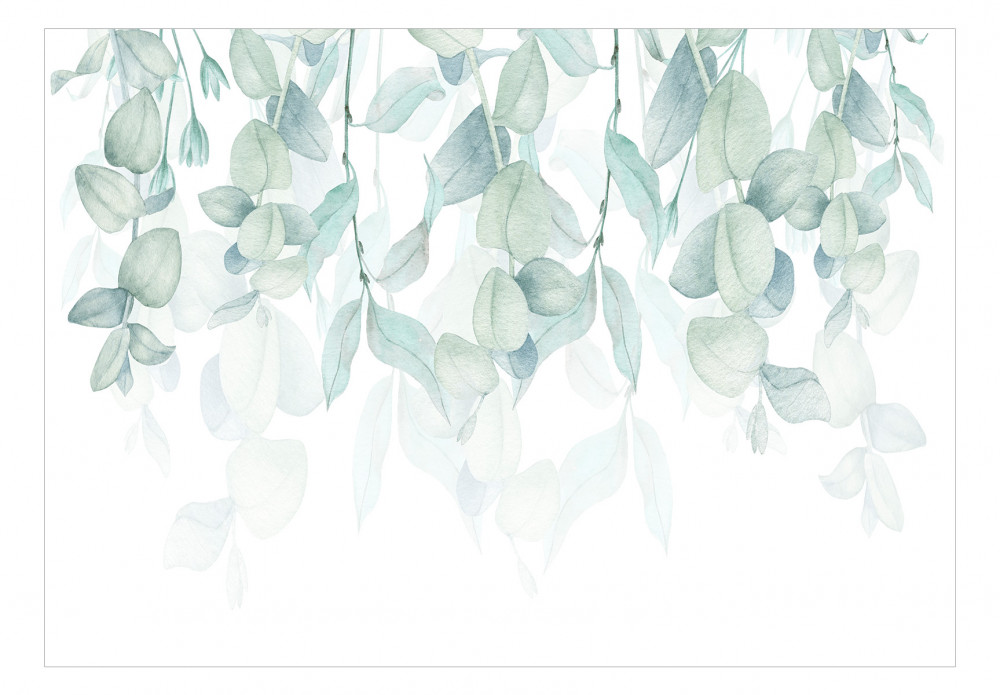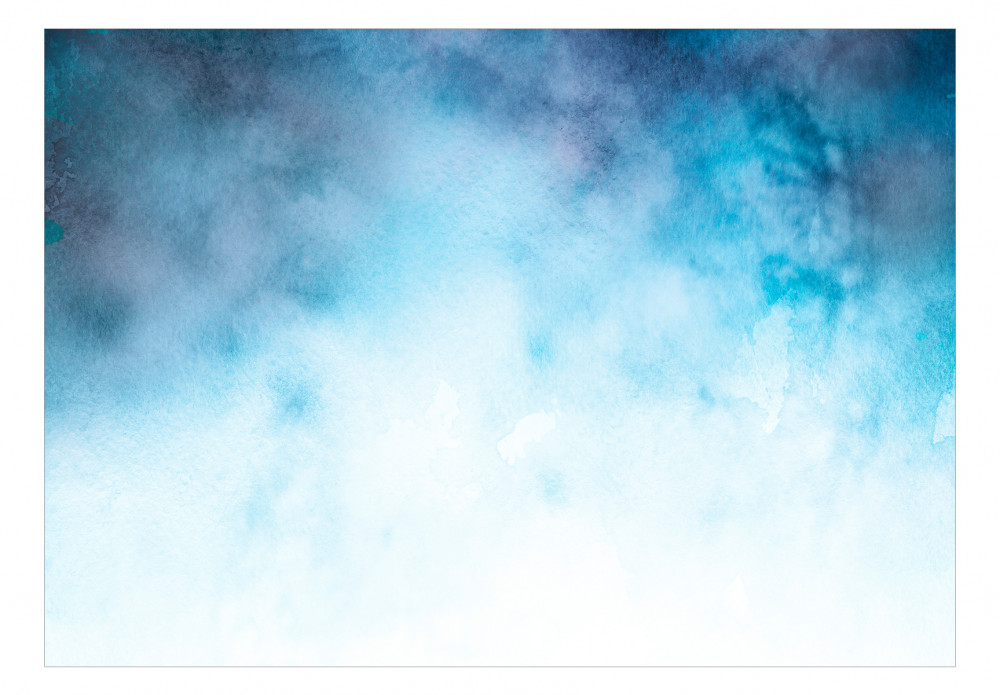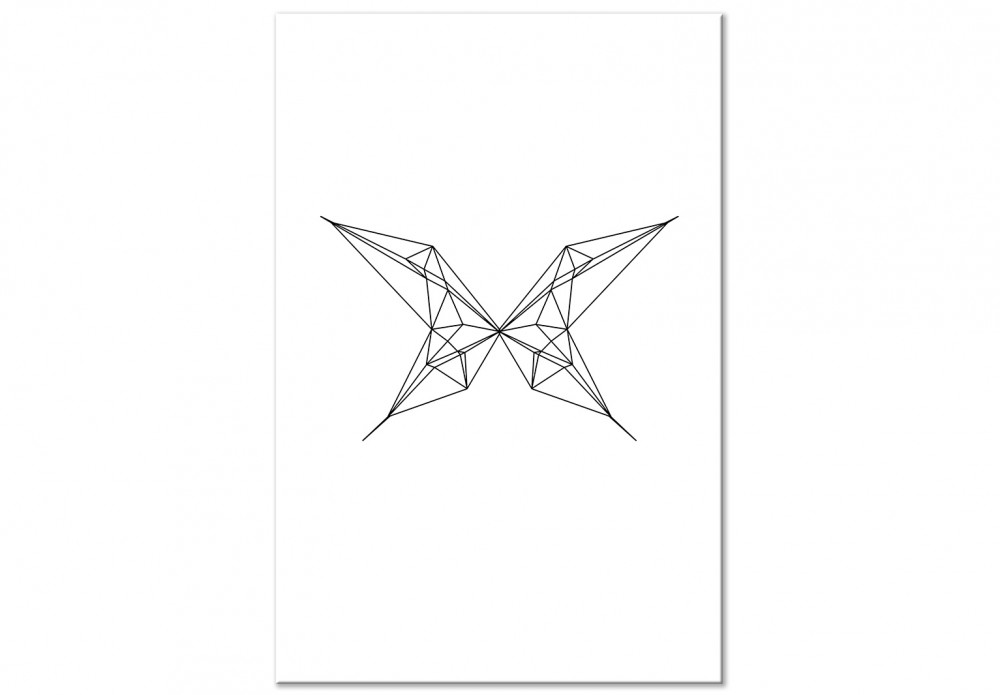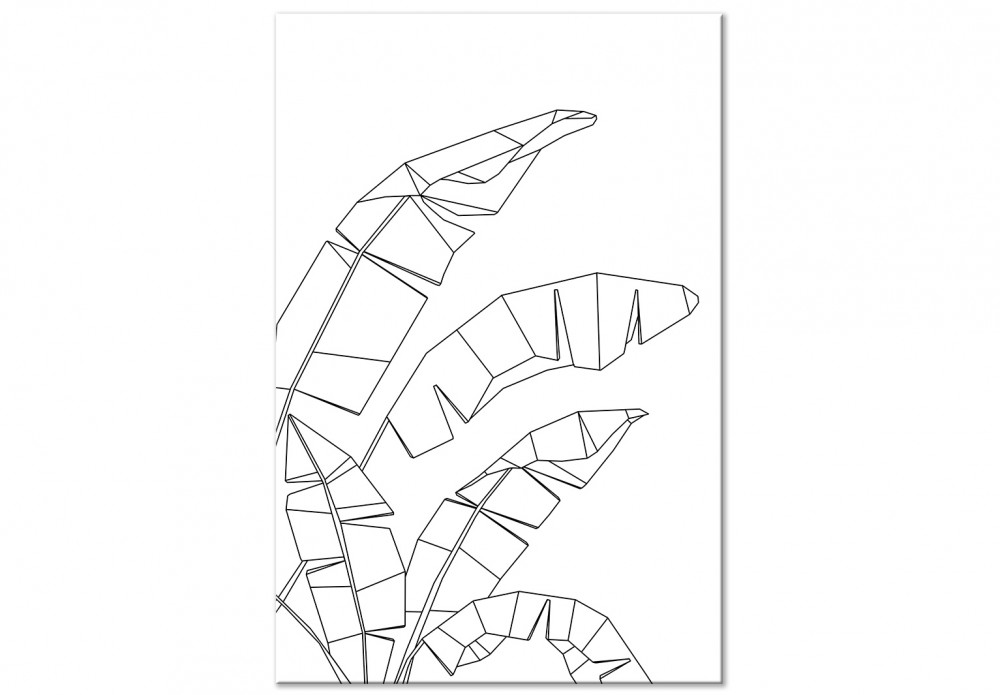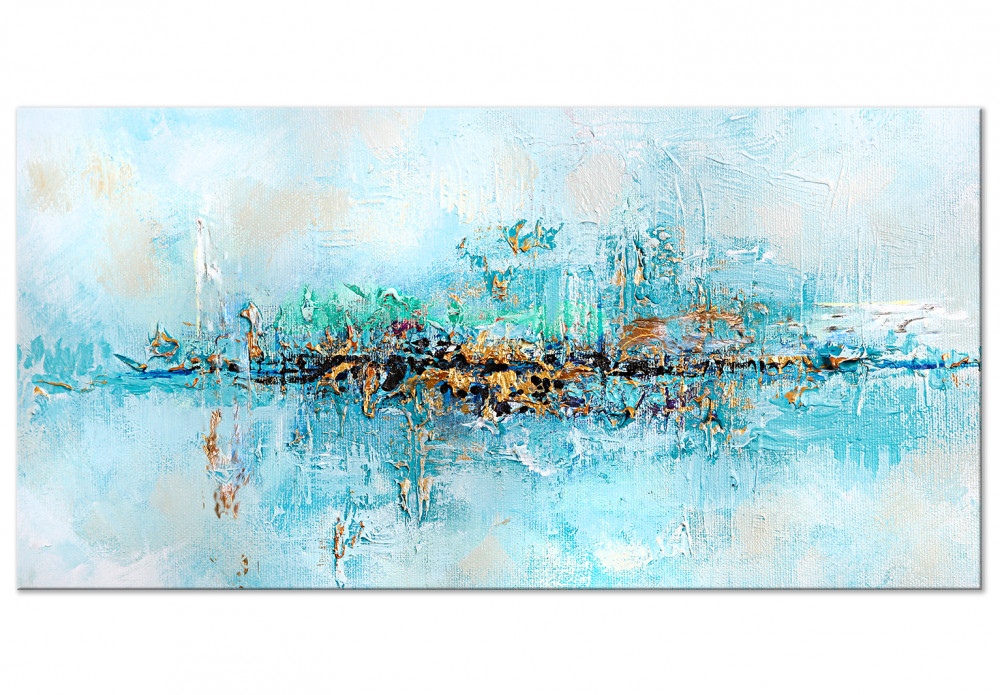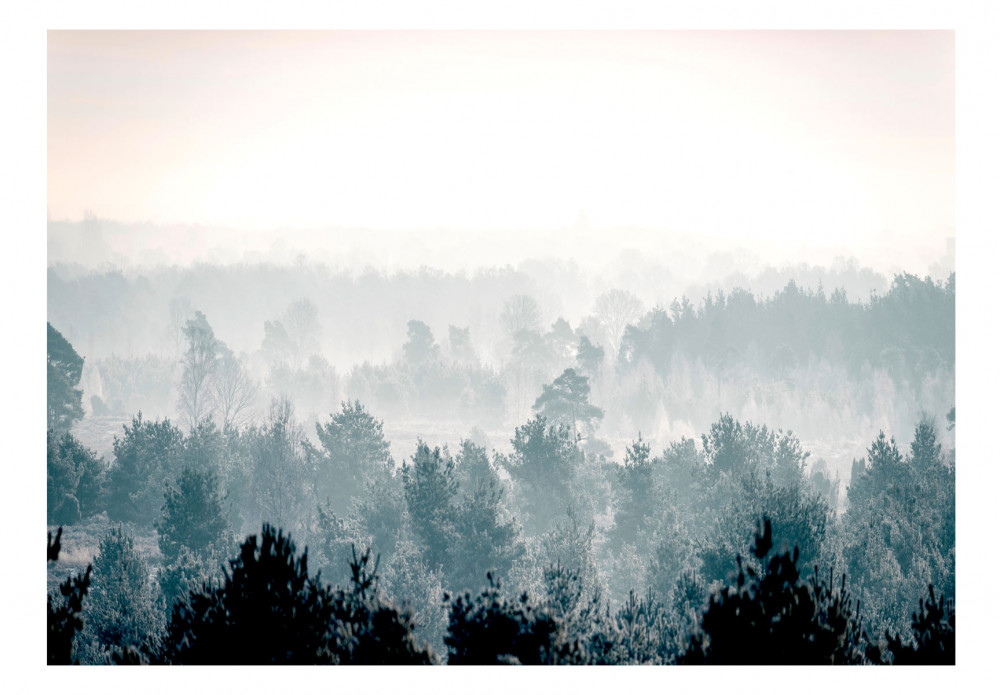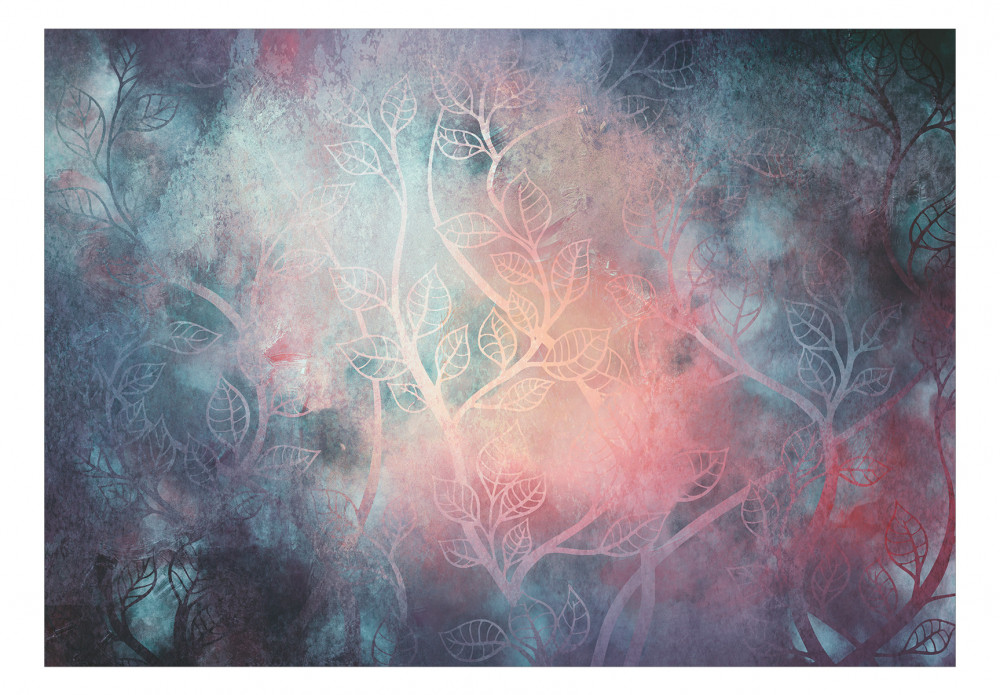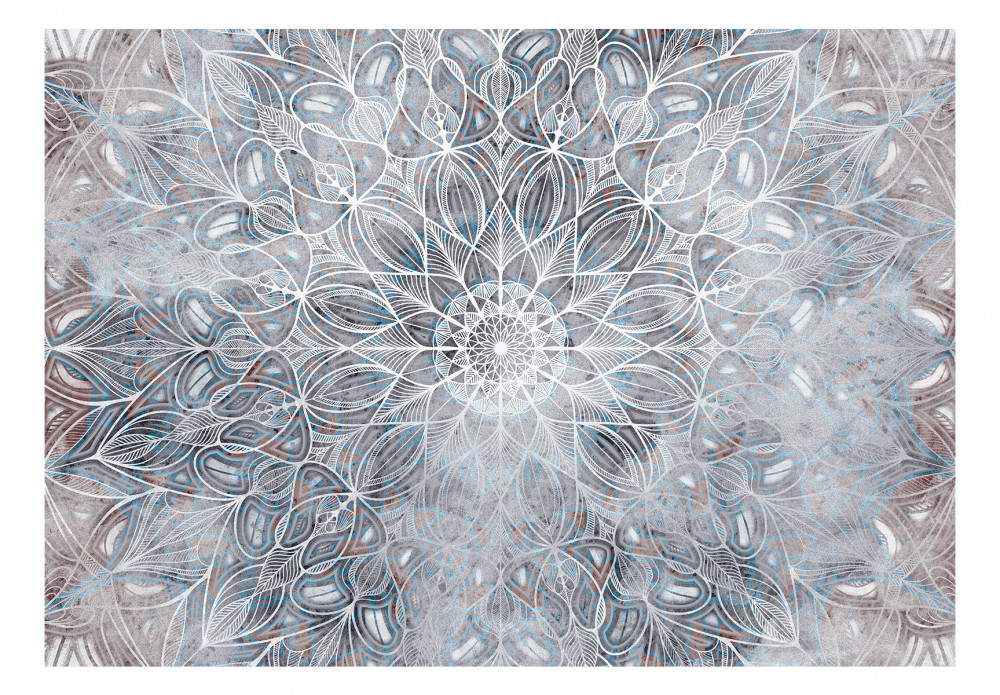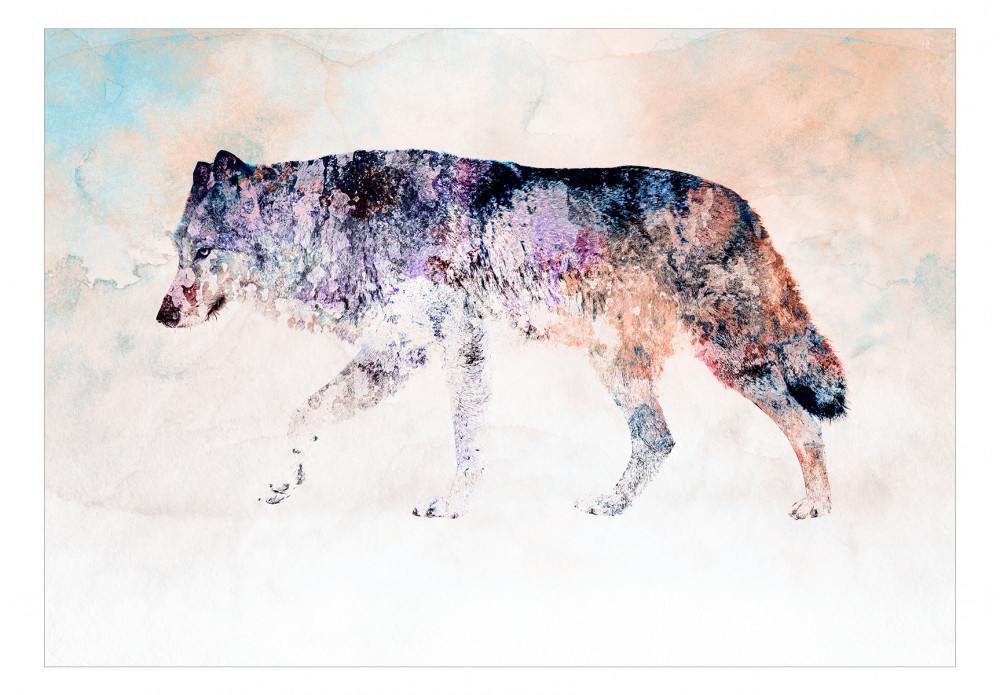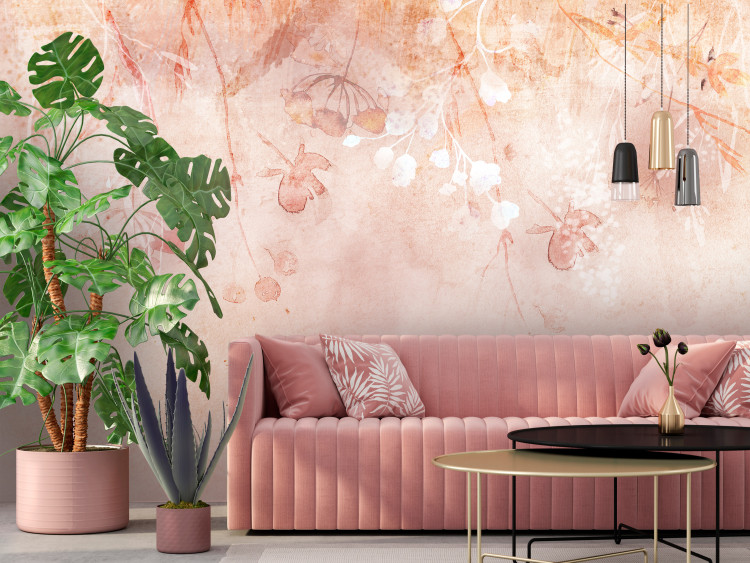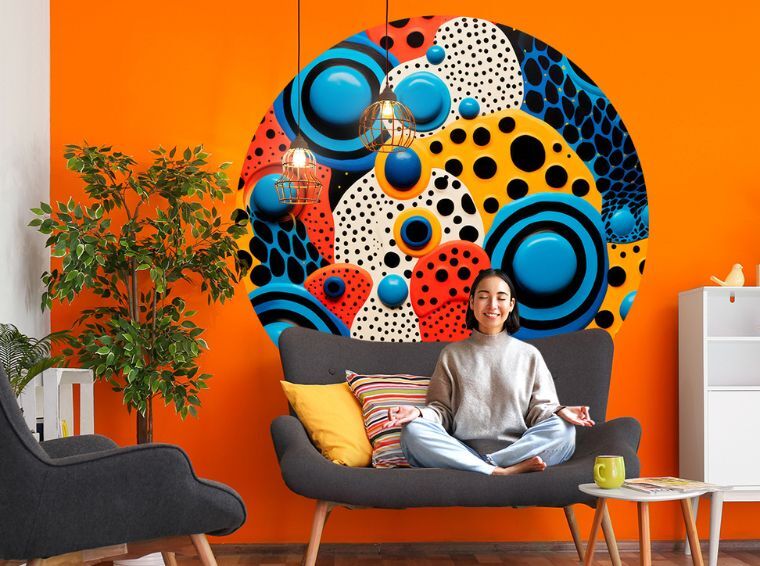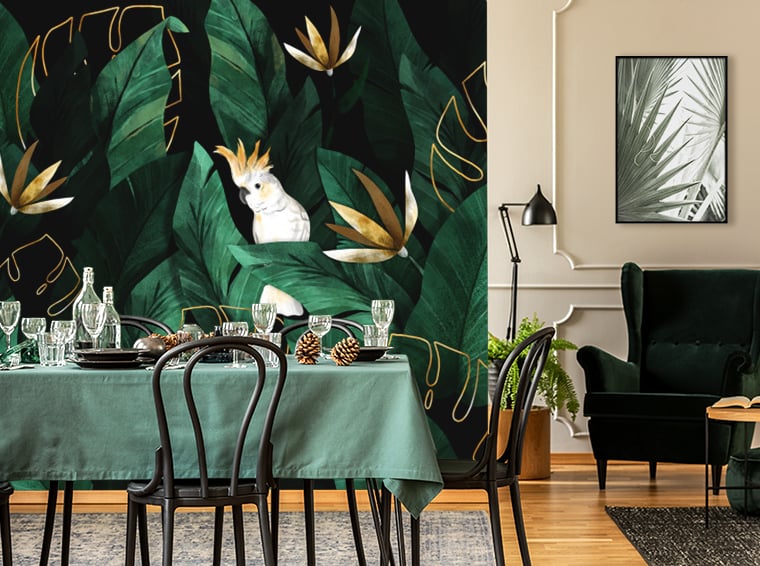The ombre effect can be achieved not only on your hair style, but you can also have it on wall murals, wallpapers, glass mosaics, ceramic tiles, clothes, nails, paintings and furniture. Opt for a wall with an ombre effect if you're already bored with classic, painted walls. You don't need to wait until some handyman will finally have some time for you - all you have to do is read our post, roll up your sleeves and paint something really original on your wall yourself. If it is some intense colors that you like, you dream of a bedroom in turquoise, navy blue or somehting even stronger, but at the same time you know that dark colours don't go well in small rooms? By graduating the shade of turquoise, pink or indigo on the wall, you can avoid the daunting effect that these colors can usually make.
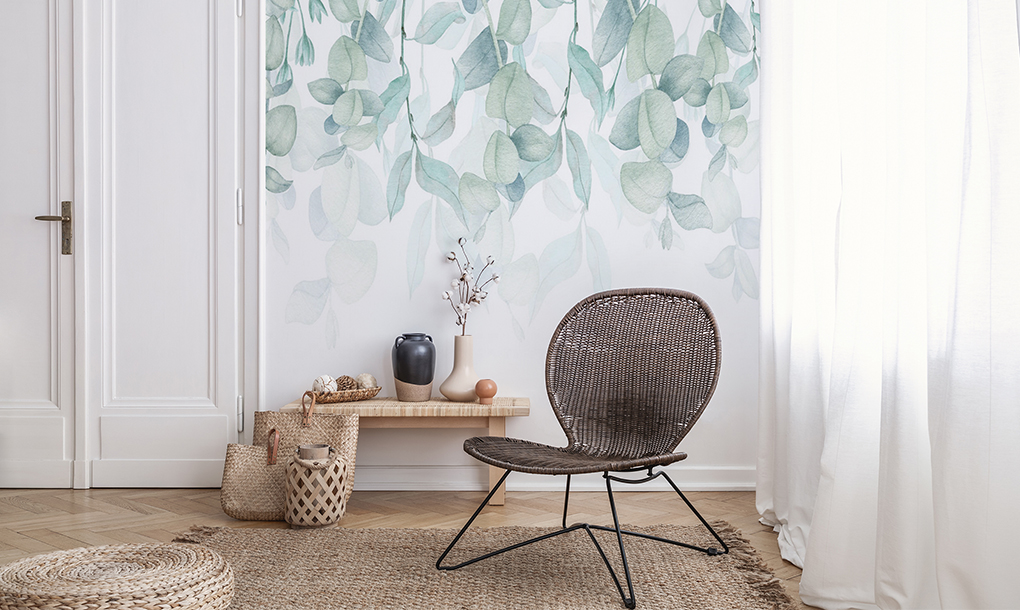
Ombre wall - how to do it?
What will you need?
- wall paints / paints
- stirring rod
- masking tape
- painting foil
- twine
- wide brushes (paint rollers may not give such a good effect)
- sponges or sponges or brushes for grinding intermediate shades
- gloves (protection against staining)
1. Prepare the walls
The walls should be dusted and cleaned, preferably primed. Priming has a lot of advantages:
- reduces the risk of fungal and mold growth
- strengthens and levels the walls
- reduces the absorbency of the substrate
- increases the adhesion of other layers of paint
- reduces the consumption of other paint products
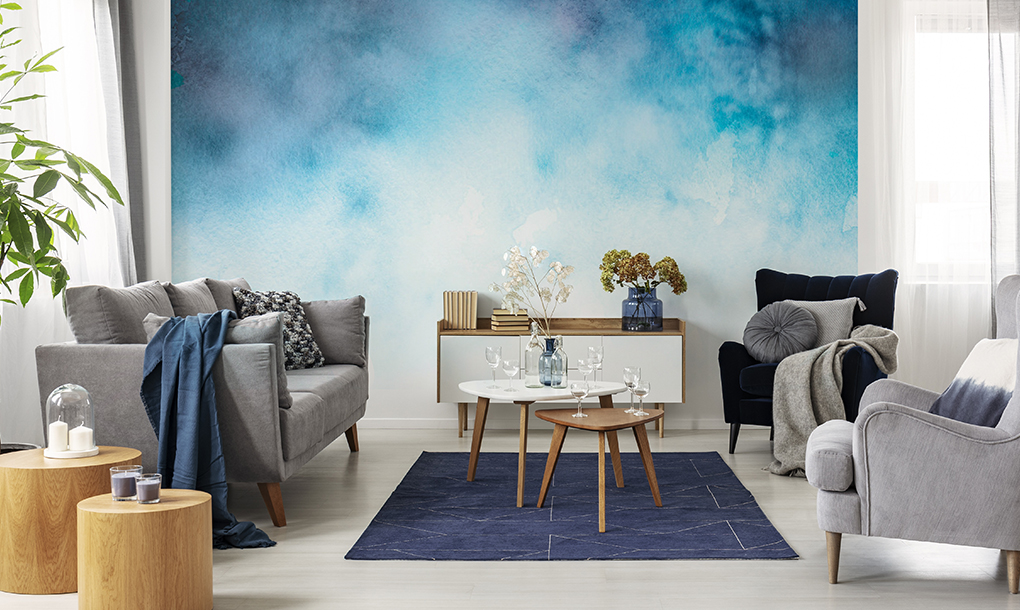
2. Security, stain proofing
Cover the corners of the walls and sockets with masking tape. If you cannot remove furniture from the room, secure it from staining with foil, and do the same with the the floor.
3. 5 ways to create an ombre effect on the wall
- transition from top to bottom horizontally from a lighter to darker shade - optical enlargement of the room
- transition from top to bottom horizontally from a darker to a lighter shade - high rooms make a cozy impression
- vertical transition from darker to lighter shade
- vertical transition from lighter to darker shade
- ombre diy wall - also painting part of the ceiling to extend the ombre
4. Preparation of paints
Mix the selected paint color into lighter shades in separate containers. You can use the paint tray to make applying the paint easy as a piece of cake. Certainly choose a brush or roller adapted to the texture of the wall - short bristles will work on smooth walls, and long one on walls that are uneven and painted with structural paints.
5. Check the boxes - ombre wall
Use a string to mark how the lines on an ombre wall should go. Divide the walls into parts depending on how clear the ombre transition you want to achieve. There are three stripes minimum, five is perfect. The wider the stripes, the clearer the color gradation will be. On the other hand, we think that it makes no sense to give the width of the belts in centimeters. You decide which shade on your wall is more conspicuous. In addition, the walls have different sizes - different are those in blocks of large slab, different in tenements. Or maybe your home office will undergo a metamorphosis? We are not saying there is one and only solution for every situation.
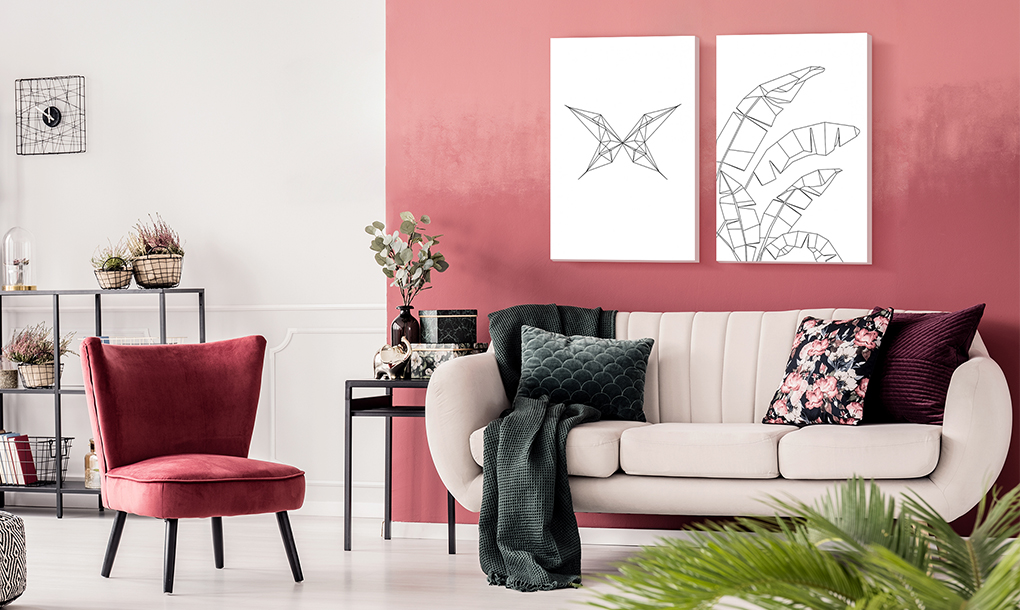
6. Painting
The ombre wall painting is described on the example of the transition from the lightest paint at the top of the wall to darker tones on the bottom. Put on gloves. After applying the lightest shade with vertical brush strokes, paint the next strip with the same paint mixed with another one by a lighter tone. Brush the intersection between the lane with irregular movements with a clean, damp sponge, so that the transition appears more natural, delicate and the streaks are blurred. Do this after painting each strip before the emulsion dries. Repeat this process with each subsequent pass, when you mix the previous shades with those of a lighter tone. You can start painting from the darkest to the lightest layer, but when light paint drips into darker layers, you will unnecessarily lengthen the whole process, because the damaged part of the wall will have to be painted again.
Remember: Use a new sponge on each pass to make sure you don't get the darkest shade on top with an inaccurately cleaned tool.
7. What color should I choose for the ombre wall?
We don't know what color is your favorite one, but we make have an idea about the most popular colors are. And they are:
- turquoise, cornflower or blue
- roses
- gray
Shades of blue are unmatched in composition with the Mediterranean style. Try them in your Greek style bedroom and give the cornflower a chance in composition with wenge furniture. In romantic stylizations of a teen's room, as an accent wall behind the dressing table or as a complement to the rustic style and Landhaus will be both ombre blue and pinkish. And gray? The most universal colour for every room.
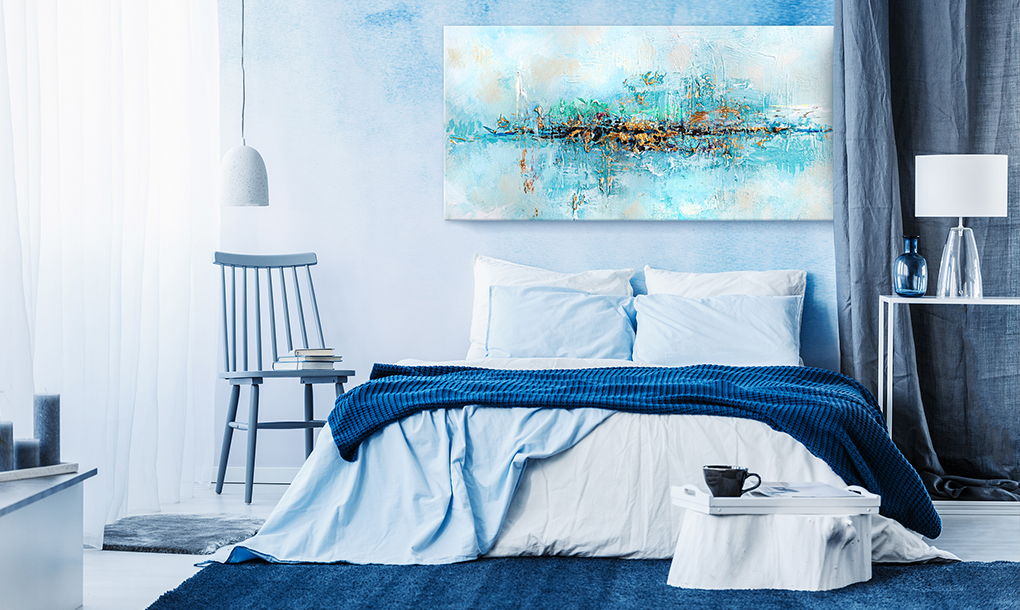
8. Wall mural ombre - no painting ombre
Having in mind that you could be in a position wher you have to avoid any major renovation work, we have a solution. You can get the same effect with the ombre wall mural. Stick it to any wall and stay under its spell for years.
